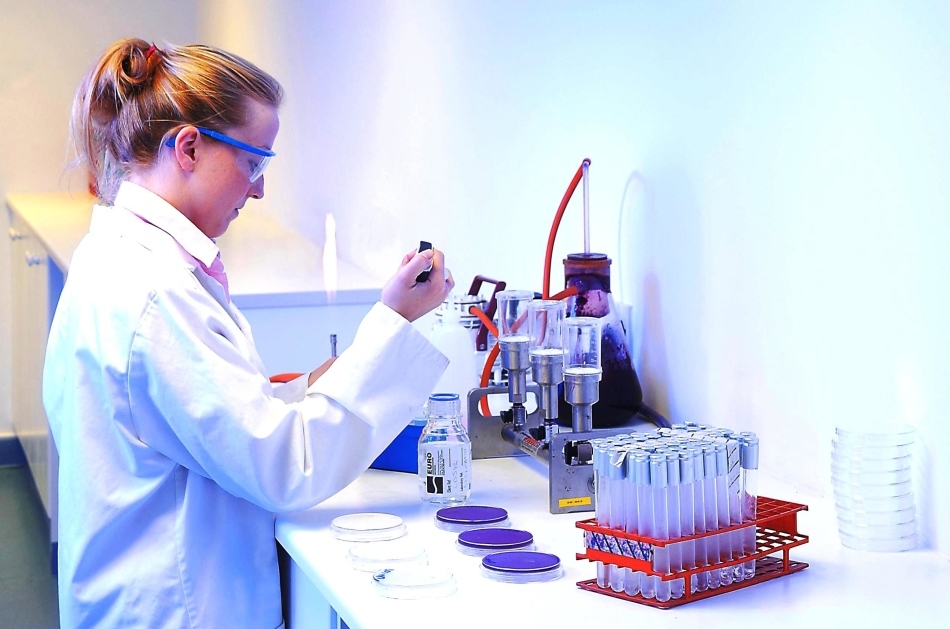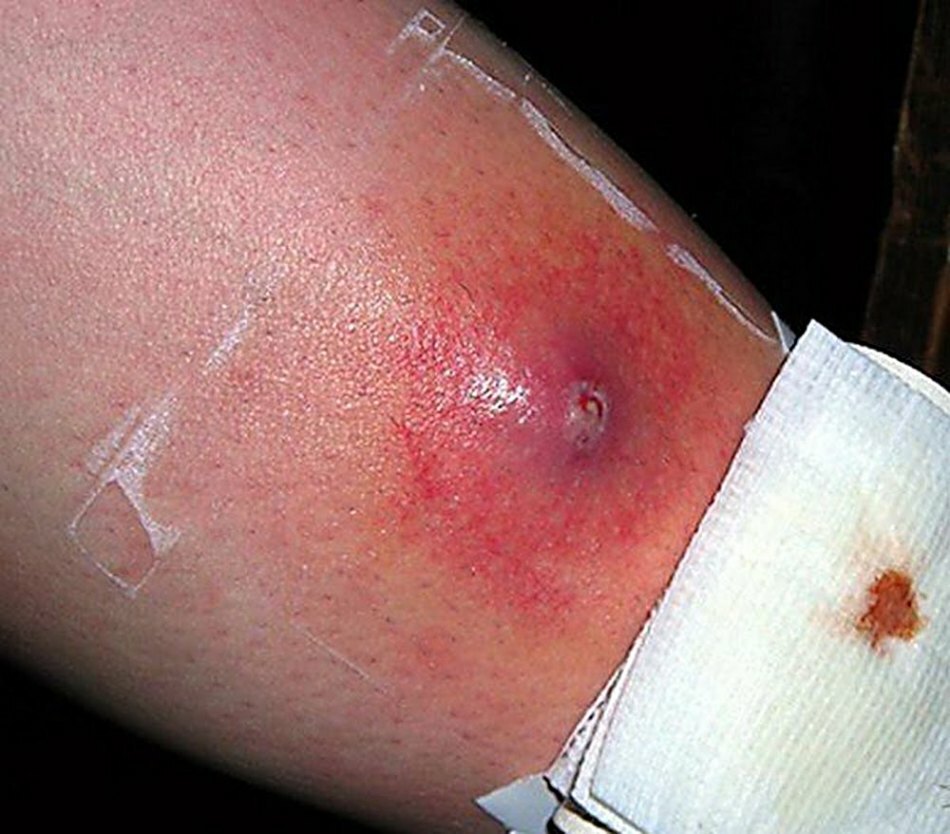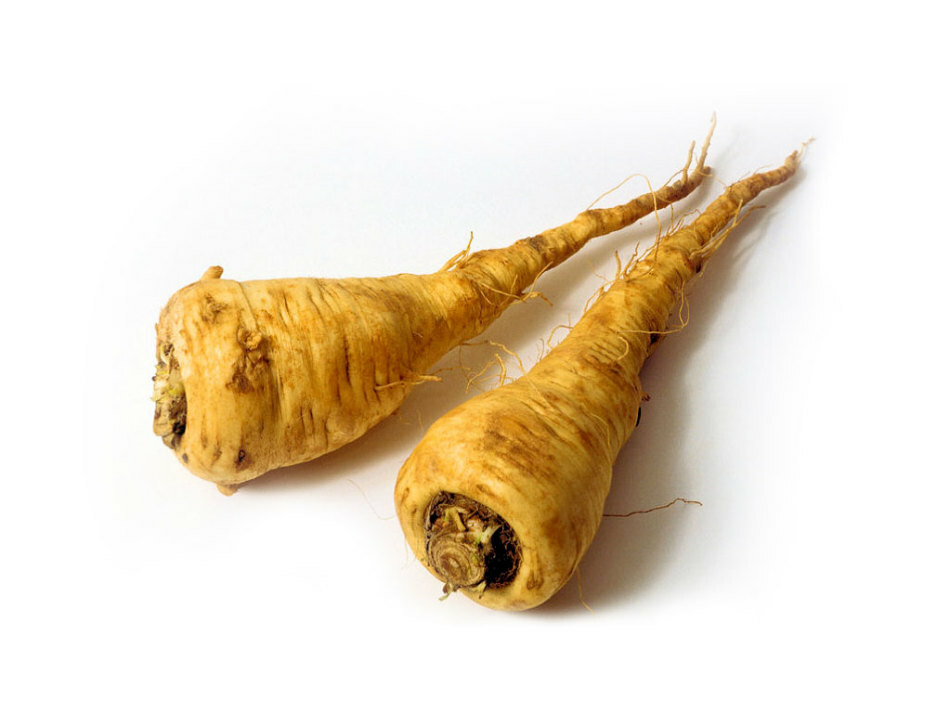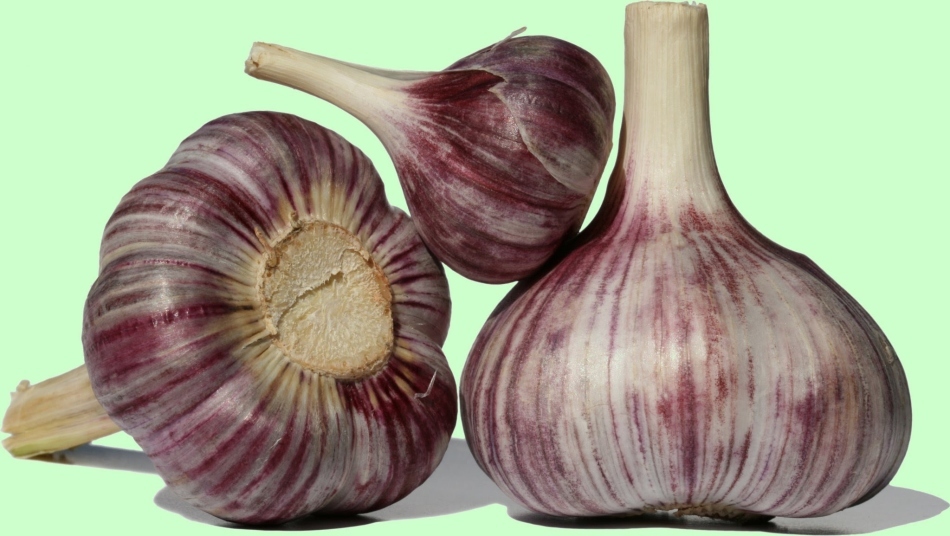In the absence of treatment, Staphylococcus aureus can cause severe diseases of various organs and body systems. How to detect and cure Staphylococcus aureus will tell this article.
Content
- Causes Staphylococcus aureus
- Staphylococcus aureus in infants and infants: symptoms
- Staphylococcus aureus in the throat:
- symptoms of Staphylococcus aureus in the nose: the symptoms
- Staphylococcus aureus in the gut, in the feces
- Staphylococcus aureus in adults
- Staphylococcus aureus during pregnancy
- GoldenStaphylococcus aureus
- Analysis for Staphylococcus aureus: Norm
- Is Staphylococcus aureus contagious, how is it transmitted?
- Staphylococcus aureus on the skin, on the face
- Staphylococcus aureus in milk
- Staphylococcus aureus medications and antibiotics
- Staphylococcus aureus folk medication
- Diseases that cause staphylococcus aureus
- Video: Staphylococcus aureus symptoms, causes and treatment
Staphylococcal infection is a number of various diseases, caused by pathogenic bacteria. These bacteria have the form of round cocci, which are located in a pure culture in the form of grapes.
Staphylococci are the cause of diseases such as angina and pneumonia, purulent diseases of the skin and subcutaneous tissue( acne, acne), enterocolitis and sepsis.
 Staphylococcus is the cause of purulent skin lesions.
Staphylococcus is the cause of purulent skin lesions. IMPORTANT: Pathogenic staphylococci are very dangerous and are practically the leading among purulent diseases accompanied by inflammation, as they have high resistance to antibiotics.
There are many varieties of these pathogens, but there is no pathogenicity or rate of infection from the infected organ throughout the body, competitors in Staphylococcus aureus, or the scientific Staphylococcus aureus .
 Staphylococcus spreads rapidly through the body, affecting various organs and systems
Staphylococcus spreads rapidly through the body, affecting various organs and systems Causes of the appearance of Staphylococcus aureus
. As paradoxical as it sounds, the bacterial baggage of the human body is supplemented with Staphylococcus aureus in most cases in medical institutions.
Hospital medical staff, immunocompromised patients, diabetics, women in "critical days" are the main carriers of bacteria.
 Medical facilities often become the site of infection with golden staphylococcus
Medical facilities often become the site of infection with golden staphylococcus IMPORTANT: If the human immune system is strong enough, and the skin and mucous membranes are not damaged, a small amount of staphylococcal bacteria trapped in such an organism will not cause the disease. But if there is an open wound, or the number of bacteria is too high, then "troubles can not be avoided."
A golden ball of bacteria can be found in a variety of places: in the intestines, in the mouth and in the nasopharynx, in women in the most intimate places, under the armpits.
 Staphylococcus aureus under the microscope
Staphylococcus aureus under the microscope Staphylococcus aureus in infants and infants: symptoms
With these ubiquitous bacteria, the human body is acquainted with the first second of its appearance.
Peacefully existed 9 months in a disinfected mother's womb, at the time of birth, first passing the birth canal, then applying to the chest, the child experiences an attack of a mass of various bacteria, among which not the last place is golden Staphylococcus aureus.
 For the first time a person faces Staphylococcus aureus in the first seconds after birth
For the first time a person faces Staphylococcus aureus in the first seconds after birth In most cases, the newborn copes without any problems with this infection. However, the imperfection of the gastrointestinal tract and the immune system of a small man can lead to the development of pathology.
To contribute to the development of the disease can:
- abnormal pregnancy and childbirth
- premature birth
- small birth weight of newborn
- non-observance of elementary rules of baby hygiene
How can we determine the presence of bacteria of Staphylococcus aureus in the body of a baby?
Usually symptoms depend on which body is damaged:
- When infected skin appear acne, boils, redness, in general, different festering on the epidermis of the baby. The fluid that fills the purulent vesicles may be yellow-green or green in color. If the time does not respond and does not begin treatment, it can develop into sepsis( infection of the blood)
- If the infection has settled on the mucous of the nasopharynx and throat, the kid complains of pain in these places. With the progression of infection, otitis, sinusitis, and angina
- are possible. When enters the body , the pathogenicity of Staphylococcus aureus can cause SARS, pneumonia and, even, meningitis. Such diseases are accompanied by fever, cough, and sometimes vomiting and diarrhea
- If toxins getting into intestines observed pathology of the gastrointestinal tract with the whole bunch of laid symptoms: nausea, vomiting, diarrhea, pain in the stomach fever, lack of appetiteand the general weakness of
IMPORTANT: It is very difficult to correctly diagnose only by clinical characteristics, therefore it is necessary to pass tests( blood, feces, crops and scrapings) to make sureI, that the cause of the disease is the causative agent of Staphylococcus aureus.
 confirm or deny the presence of the organism Staphylococcus aureus test results help
confirm or deny the presence of the organism Staphylococcus aureus test results help Staphylococcus aureus in the throat: If symptoms
Staphylococcus aureus bacteria found refuge in the mucous membranes of the throat the baby, it is sure to cause him the appearance of a sore throat.
Her symptoms absolutely identical streptococcal disease:
- fever
- sore throat difficulty swallowing until
- sores on the mucosa and tonsils
When severe illness may be disorders in the intestine and acute reluctance to eat.
 Staphylococcus aureus in the throat
Staphylococcus aureus in the throat Staphylococcus aureus in the nose: symptoms
The carrier of the infection in the nasal cavity is every second. Therefore, in this part of the body, staphylococcus is treated only in the case when inflammation leads to a chronic rhinitis.
IMPORTANT: As soon as favorable conditions appear( hypothermia, administration of antibiotics, prolonged use of vasoconstrictive nasal drugs, general decrease in immunity), the bacteria begin to multiply actively, which leads to rhinitis and sinusitis.
 Staphylococcus aureus in the nose can cause chronic rhinitis
Staphylococcus aureus in the nose can cause chronic rhinitis Staphylococcus aureus in the gut, in the feces
presence of the pathogen in the human gut - rate, so much cause for panic.
IMPORTANT: If the concentration of bacteria exceeds the allowable limits( above 104 units), urgent measures must be taken. Symptoms
localization aureus in the gut:
- colic
- intestinal disturbances
- feces with blood
- mucus in stool
- fever
incubation period is almost a day, so the first signs of infection will manifest itself within a few hours after infection.
In time and correctly diagnosed this disease is cured quickly and without consequences.
 Colic and intestinal disorders are the main signs of localization of Staphylococcus aureus in the intestine
Colic and intestinal disorders are the main signs of localization of Staphylococcus aureus in the intestine If, as a result of the analysis of the feces of the child, staphylococcus aureus is found, and no significant clinical symptoms are observed, then the baby's organism perfectly coexists with these bacteria and it is not necessary to go to war with them.
Staphylococcus aureus in adults
Adults, although less often than children, also suffer if the body is infected with Staphylococcus aureus bacteria.
There are two ways of developing the disease:
- infection
- intoxication
Development of the latter is possible only when sedimentation in the body of golden bacteria that produce toxins, which purposely penetrate the patient's blood, is observed.
When the concentration of bacteria is extremely high, a very serious disease occurs - a toxic shock. It occurs rarely and only in women, because it is associated with the use of tampons during "critical days".
Virtually all women have staphylococcus bacteria in the vagina, and during the months the bleeding must wash them, but the swab closes the outlet, and the accumulating bacteria begin to form toxins that are absorbed by the vessels.
As a result, a characteristic clinic is observed:
- small fever
- rash accompanied by peeling
- headaches
- nausea
- lowering of blood pressure
 Using hygienic tampons during menstruation with infection with golden staphylococcus can lead to toxic shock
Using hygienic tampons during menstruation with infection with golden staphylococcus can lead to toxic shock A common phenomenon and food toxic infection developing inthe result of the ingestion of stale dairy, meat and confectionery products.
Staphylococcus aureus in pregnancy
The presence of staphylococcus bacteria in the body of a future mummy exceeding the norm can harm both the woman herself and her future baby:
- If the pathogen is on the skin, it can penetrate the mammary glands and cause purulent mastitis
- When the causative agent overcomes the fetal envelope and infects the future newborn, then it appears numerous, painful enough, skin purulent bubbles
- There are cases of penetration of staphlokokkovyh bacteria in the blood of pregnant women, in addition to causing sepsis occurs inflammation of the heart membrane entailing lethal Staphylococcus aureus
 pregnancy
pregnancy Staphylococcus aureus degree
One of the most pathogenic species of bacteria are Staphylococcus aureus bacteria 4 degrees. But occasionally there is an asymptomatic presence of these bacteria in the body.
IMPORTANT: Often the presence of staphylococcus of the 4th degree is accompanied by skin inflammatory processes, as a result of which the epidermis dries up and peels off.
Sometimes the work of the respiratory tract is disrupted, the pathology in the tissues of the musculoskeletal system is observed.
Analysis for Staphylococcus aureus:
norm In medicine, there are certain standards for the content of staphylococcus bacteria in the body.
 Staphylococcus aureus analysis
Staphylococcus aureus analysis If the analysis shows the presence of a staphylococcal infection of the fourth degree, it is worth considering how to strengthen the immune system and maximize the body's vitaminization so that a favorable environment for the reproduction of bacteria is not created.
Is Staphylococcus aureus contagious, how is it transmitted?
The most unpleasant thing is that it is very easy to pick up these "sweet" bacteria of golden color( hence the name), since their distributor in 96% of cases is a person.
Of this number of asymptomatic carriers of strains of staphylococcus is up to 40%, that is, it turns out that you can get infected from an absolutely healthy person.
IMPORTANT: The most easy way of penetrating the pathogen into the body are scratches, abrasions, wounds, and also the mucous membrane of the respiratory tract.
If a person leads a healthy and healthy lifestyle, his immunity is strong enough to withstand the pathogen present in the body in a small concentration.
 Healthy way of life will save from infection with golden staphylococcus
Healthy way of life will save from infection with golden staphylococcus But if the motto "to plow and fall" is the norm of life, then such an organism becomes an easy victim for bacteria and a favorable place for their reproduction.
No less significant factors for the development of infection are:
- reception of antibiotics
- chronic diseases
- The organism of young children and elderly people whose immune system is very unstable
 A weak baby's body is an excellent target for Staphylococcus aureus
A weak baby's body is an excellent target for Staphylococcus aureus Staphylococcus aureus on the skin, on the face
When the pathogen gets on the skin and, in a favorable environment, begins to actively multiply and reproduce, most of the epidermis( neck, armpits, buttocks, inner side of the thighs) of the infected person is covered with with purulent furuncles , causing unpleasant pain.
IMPORTANT: This skin inflammation can be accompanied by general weakness, fever, fever.
 Acne rash with golden staphylococcus
Acne rash with golden staphylococcus On the face, golden staphylococcus signifies its presence with acne and acne.
IMPORTANT: Even with a good overall skin condition, staphylococcus will find itself "showing itself."Any, even the most innocuous wound or scratch, he can in a short time turn into a huge inflamed purulent wound.
 Purulent wound with Staphylococcus aureus
Purulent wound with Staphylococcus aureus Staphylococcus aureus in milk
If it suddenly happens that breast milk contains staphylococcus, the most important thing for a nursing mother is not to panic and not immediately breastfeed her infant.
However, you can not ignore the symptomatology, because you can easily find yourself under the scalpel of a surgeon.
IMPORTANT: In this situation, you need to focus on the behavior of the baby: the child eats, sleeps, regularly and normally croaks, shows no obvious signs of anxiety, then everything is in order and you need to continue feeding, as it is with breast milk that the baby gets the necessary antibodies to form itimmune system.
 Staphylococcus aureus in milk - not an excuse to stop breastfeeding
Staphylococcus aureus in milk - not an excuse to stop breastfeeding If the child is restless and moody, and the crop showed a dysbacteriosis with a high concentration of bacteria of staphylococcus, you can, without quitting breastfeeding, treat the baby with a variety of bacteriophages.
 Anxiety of the infant with confirmed infection with staphylococcus is a reason for the treatment
Anxiety of the infant with confirmed infection with staphylococcus is a reason for the treatment Staphylococcus aureus medications and antibiotics
Since the bacteria of Staphylococcus aureus have a unique resistance to antibiotics, it is useless to use them for the treatment of diseases not accompanied by serious pathology, because their presenceonly aggravate the condition of the infected, in the body of which the dysbacteriosis is already progressing.
IMPORTANT: Staphylococcus bacteria are actively mutating, quickly adapting to new medical discoveries in the fight against this infection.
 Taking antibiotics is not always advisable with staphylococcal infection
Taking antibiotics is not always advisable with staphylococcal infection If the pathogen was too active and brought the organism to sepsis, pneumonia, facial furunculitis, the use of antibiotics is not just justified, but necessary, since subsequent complications can even lead to death.
You can use drugs such as:
- methicillin
- oxacillin
- vancomycin
You can take antibiotics to treat Staphylococcus aureus only under the guidance of a doctor.
 The drug for the treatment of Staphylococcus aureus
The drug for the treatment of Staphylococcus aureus For the treatment of staphylococcal infection, bacterial lysates are often used:
- IRS 19
- imudone
- broncho-munal
- broncho vaccine
They encourage the body to produce antibodies.
 Broncho-Vax is used in the treatment of Staphylococcus aureus
Broncho-Vax is used in the treatment of Staphylococcus aureus No less popular is the staphylococcal toxoid .
Alternatively, can be used as a staphylococcal vaccine, which is a solution for subcutaneous injection of .
An important place in staphylococcal therapy is occupied by bacteriophage .
IMPORTANT: There are many different drugs, but self-medication in this case is unacceptable, you need to contact a specialist who, after examining the results of tests and symptoms, will appoint the right treatment.
Staphylococcus aureus folk medication
Some people prefer to use "recipes from a grandmother's notebook" instead of traditional treatment. Here are a few recipes of effective, according to users, means:
Recipe # 1: The roots of parsley and celery in a 2: 1 ratio are crushed and squeezed out juice, drinking it in the morning on an empty stomach 40 minutes before eating.
 Root of parsley against Staphylococcus aureus
Root of parsley against Staphylococcus aureus Recipe No.2: 300 g of cranberries are mixed with 150 g of unsweated honey, ½ of the received mass is eaten in the morning half an hour before meals, the rest is consumed during the day between meals. It is necessary to conduct this procedure for at least a month.
 Cranberry will defeat staphylococcus aureus Recipe No.3: Progressive furunculosis can be cured as follows: 100 grams of rastolchennogo garlic pour 300 ml of warm water, insist for two hours, strain, moisten the resulting liquid gauze swab and apply to the locations of infection twice a day infor two weeks.
Cranberry will defeat staphylococcus aureus Recipe No.3: Progressive furunculosis can be cured as follows: 100 grams of rastolchennogo garlic pour 300 ml of warm water, insist for two hours, strain, moisten the resulting liquid gauze swab and apply to the locations of infection twice a day infor two weeks.  Garlic helps to get rid of furunculosis with golden staphylococcus
Garlic helps to get rid of furunculosis with golden staphylococcus Prescription number 4: You can use this "panacea" from all manifestations of staphylococcal infection: a universal herbal remedy. For this, yarrow( 0.3 kg), lupine leaves and burdock( 0.25 kg), nettle, plantain, oregano, St. John's wort, sweet claw, mother-and-stepmother( 0,15 kg)0.1 kg), calendula flowers, chamomile, dandelion roots and horsetail field( 0,05 kg each) are thoroughly mixed and half a glass of this mixture of herbs is poured with a liter of water and boiled for no more than 5 minutes. Then 1 hour insist, filter and take the first two days every hour for half a glass before eating. The next days the broth is taken in the same dosage 4 times a day for two months.
 Stinging nettle against Staphylococcus aureus
Stinging nettle against Staphylococcus aureus Diseases that cause Staphylococcus aureus
What diseases can a person achieve with a staphylococcus aureus?
Among the most common:
- Various diseases, both the upper layer of of skin , and of subcutaneous tissue
- Inflammation of of the respiratory tract , manifested as of angina and pneumonia
- Diseases of of nasal mucosa and oral cavity, otitis, conjunctivitis
- Pathology nervous system , smoothly turning into meningitis
- Disruption of of digestive and gastrointestinal organs
- Inflammations of the of the genitourinary system: cystitis, urethrat
 Timely access to a doctor - the key to successful treatment of Staphylococcus aureus
Timely access to a doctor - the key to successful treatment of Staphylococcus aureus Main, suspected the presence of a staph infection, do not remain indifferent to their health, not to self-medicate, and seek help from a specialist.
